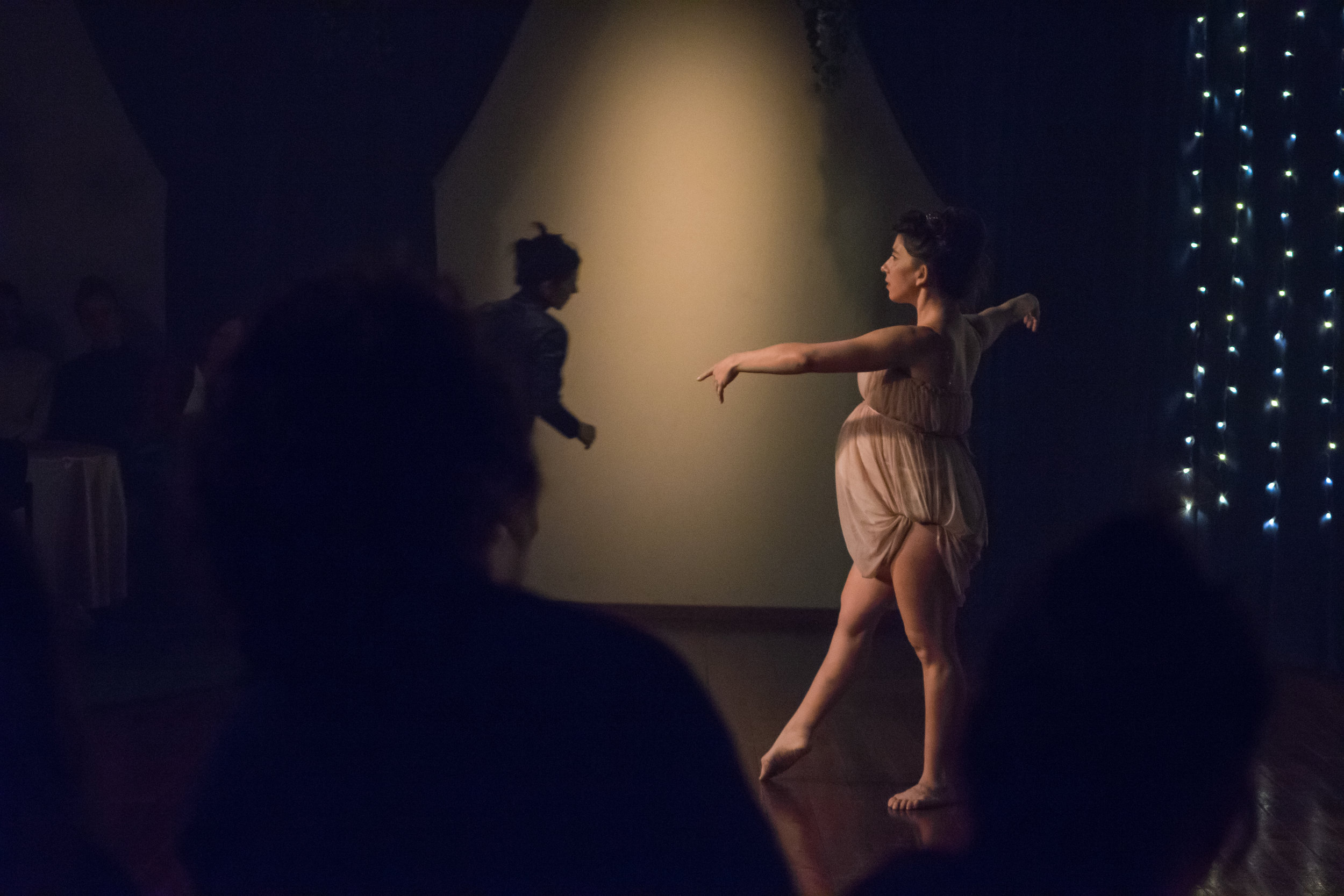
Press
Joy Bernard writes about Everything Must Go:
“Ruttenerg, Kogan and Martini should be commended about their total stage presence and their willingness to shed light on cracks the opened in their lives, those that widened until they left them no choice but to conduct a performative farewell ceremony from what threatens to escape between the fingers and what has already gone with no return”. To read the full review in PORTFOLIO click here
photo by Ascaf
photo by Gadi Dagon
Marit Ben Israel Writes on God Forbid:
“one moment you are an audience member, and the next you find yourself a substitute mother…reality doesn’t allow you to pass the paddle and leave”. Read the full review here
Ruth Eshel writes about Everything Must Go: “The peak of depth, that is, the moment in which any dampness of unripeness is gone, everything that is externally extravagant withers, and what is left is the core. only the essential. This is what this excellent work is about…they discover weird, courageous, hilarious possibilities…a joy to the audience and performers alike…it is a sheer pleasure to watch them” . Read the full review here
photo by Gadi Dagon
Ruttenberg explained that NABA was born out of the desire to “add a new dimension to dance”, to bring “audience that have yet connected to contemporary dance” closer and to turn the viewers into active participants, if not in the actual dancing on stage, then at least in determining the sounds and music they will hear during the piece.
To that aim, she supplied each member of the audience with an audio guide, such that is used in museum tours, and a pair of headphones. It worked and succeeded in awakening the audience from their pre-set passiveness.
The brilliance of the new version is based on the choice of space - the Israeli gallery of the Tel Aviv Museum - as the new meeting point, and to that aim Ruttenberg has created brand new choreography for four dancers. As in the past, she again succeeded in creating a polyphonic multi-faceted dance work, which very different musical scores illuminate in unique ways.
Ruttenberg deigned a unique opening scene in which the four, dressed as the gallery’s ushers, engage in a conversation of small gestures, silent to the watching eye, and built on the idea of movements/half movements, individual or in group synchronisation, after which the joined roaming with the audience commenced, now with each viewer choosing their guide.
From this point the use of the audio guides began with four tracks through which the audience learned about the various biographies of the performers. You could say that from that point on an option of looking at the work while focusing on one dancer opened up.
In certain moments later on this became all the more significant when intriguing duets evolved, impressive solos and intricate group sections in a movement language expressing alienation, intimacy, tenderness, agitation, escape and even inner humor.
At the heart of the choreography was a fascinating scene in which the four dancers recreated oil paintings by Reuven Rubin, Nachum Gutman, Arie Aroch, Moshe Mokdi and others. One could imagine the four were the models for the paintings at the time.
The final “chapter” and the most distinct one was an especially impressive and beautiful duet by Gil Kerer and Idan Porges, and no less intriguing than the eroticism it suggested was the audience’s viewing. Children as young as 2, teenagers and parents on a Saturday morning, closely following the duet’s development until its very last moment."
-Zvi Goren, Habama
Idit Suslik writes about Dream Team: “Dance definitely has bewitching powers, but one thing it can’t do - stop time”. Read the full review here




